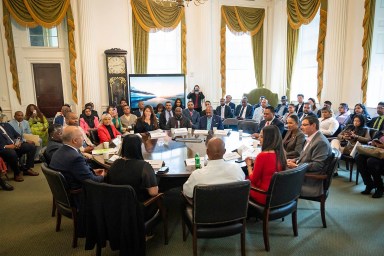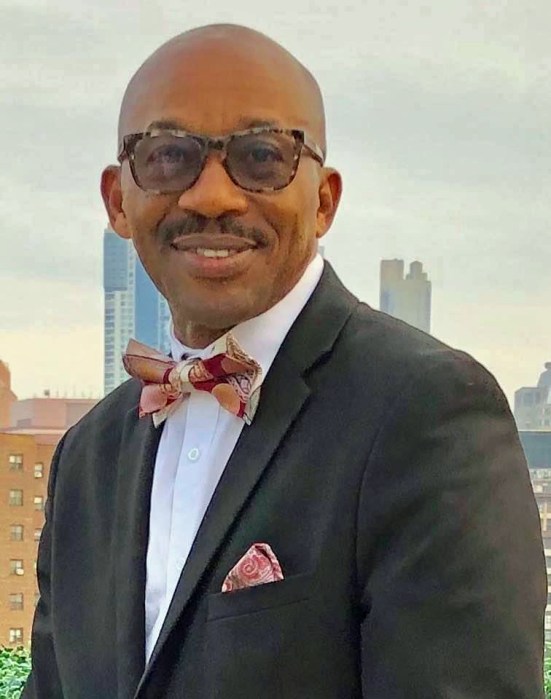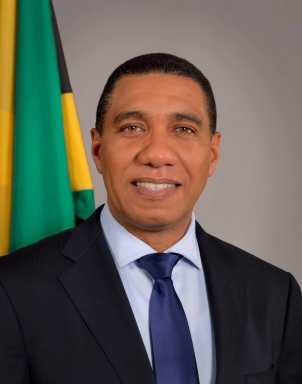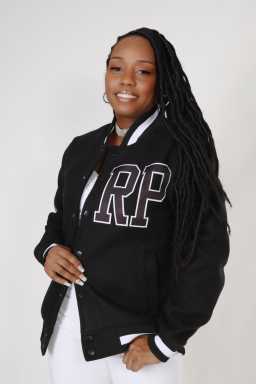Listeners:
Top listeners:
-
play_arrow
RadioJLR Just Press Play
Guyanese community activist James Richmond claims Round Table with Adams ‘a missed opportunity’

A Guyanese community activist in Brooklyn described it as “a missed opportunity” for Mayor Eric Adams’Adams’ recent roundtable to engage the Guyanese community at City Hall.
James Richmond, a cultural enabler with over 30 years of experience serving the Guyanese and Caribbean-American communities in New York, told Caribbean Life that while the mayor’s initiative is “a commendable step toward fostering dialogue and addressing pressing issues, the execution of this meeting revealed a significant oversight.”
“The conversation was largely dominated by members of the Richmond Hill community (in Queens) and its neighboring areas, such as South Ozone Park and Queens Village, neglecting the broader Guyanese Diaspora that spans the five boroughs,” he said. “It would have been more fruitful if the staff had encouraged questions from other participants in the meeting, who represent the different sections of the Guyanese community of the five boroughs, and not only two representatives of Brooklyn and not of other areas in the city, ensuring a more comprehensive discussion.
“While the Richmond Hill community is undoubtedly vibrant and vital, it does not singularly represent the Guyanese experience in New York City,” Richmond continued. “The meeting’s focus on this area of inclusive opportunity to ask pertinent questions missed an invaluable opportunity to engage with the diverse voices within our community. This exclusion reflects a deeper division that has long hindered our progress.”
He said the Guyanese immigrant population is reportedly the fifth largest in New York City, yet it lags behind other immigrant groups in various aspects.
“This disparity arises from divisions along ethnic, geographic, and socioeconomic lines,” he said. “Until we unite as a cohesive community, our collective interests will remain fragmented, leaving us vulnerable to being overlooked in citywide discussions and policymaking.”
Richmond recalled that, during the meeting, a city commissioner pledged to highlight “Little Guyana” in future programming.
But he said that while this initiative is a positive step, “it is crucial to recognize that Richmond Hill alone does not encapsulate our culture, history or contributions.”

Richmond said a significant push in Brooklyn to co-name Utica Avenue – from Eastern Parkway to Farragut Road – as “Guyana Avenue exemplifies the need for broader recognition of our contributions across the city.”
He said Guyanese have been integral to Brooklyn since the early 1920s, “contributing to the rich tapestry of the community.”
He noted that the late U.S. Rep. Shirley Chisholm, whose father migrated from Guyana to the U.S. during that time, served as “a testament to our longstanding impact.”
But Richmond said Guyana’s historical ties date back even further – to the aftermath of the 1823 Slave Rebellion in Guyana when many enslaved individuals were forcibly brought to the United States.
He said this quest for freedom began with the first slave rebellion in 1763, the first in the Western Hemisphere, predating the Haitian Revolution of 1804.
Richmond also said that the contributions of the Guyanese community extend beyond cultural representation.
“They manifest in our commitment to service, hard work, and community-building throughout New York City and beyond,” he said. “We must advocate for a more inclusive approach in city meetings, ensuring that all voices from the Guyanese community are heard and considered.
“To truly address our challenges and enhance our visibility in New York City, we must come together, transcending individual agendas for the greater good,” he added. “By fostering unity, we can create a stronger, more resilient community that reflects the rich diversity of our heritage and contributions.
“It is time for Mayor Adams and city officials to engage with the full spectrum of the Guyanese community, ensuring that every borough is represented in discussions that shape our lives and livelihoods,” continued Richmond, stating that the mayor’smayor’s recent roundtable with segments of the Guyanese community must be viewed not only as “an isolated event but as a catalyst for meaningful change.
“We must push for a comprehensive approach to community engagement that acknowledges the full breadth of the Guyanese experience in New York City,” he said. “Together, we can harness our collective strength and advocate for the recognition and support we deserve, ensuring our voices are not only heard but celebrated within the vibrant mosaic of New York City.”
Amaris Cockfield, deputy press secretary and communications advisor at the Office of New York City Mayor Eric Adams, told Caribbean Life on Friday, “Our community roundtables create a space for many diverse communities across our city to bring their voices and concerns to City Hall, and this community roundtable was one of many previous and upcoming efforts by the Mayor’sMayor’s Office Community Affairs Unit to engage the citywide Guyanese community.
“We invited New Yorkers across the five boroughs, representing the Indo- and Afro-Guyanese populations, but, unfortunately, all invitees were not available to attend this meeting,” Cockfield added. “We look forward to continuing to strengthen City Hall’s relationship with Guyanese New Yorkers.”
Similar posts
© 2025. All Rights Reserved by Radio-JLR



Post comments (0)